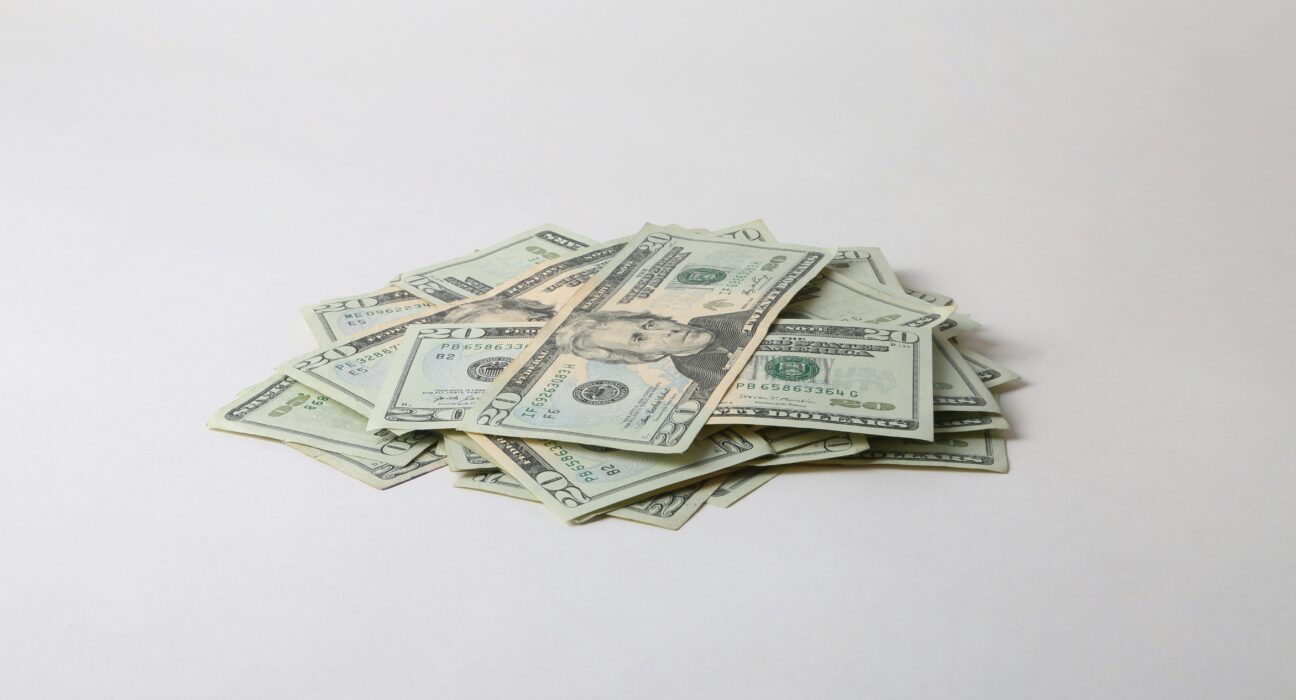In an age of tap-to-pay, one-click checkout, and AI-generated shopping recommendations, it might sound strange to go “back to cash.” But in 2025, the cash envelope method is making a comeback — and this time, it’s going digital.
Whether you’re new to budgeting or tired of blowing through your money without knowing where it went, this method might be the financial reset you need. And don’t worry — you don’t have to carry around envelopes like it’s 1985 (unless you want to).
What Is the Cash Envelope Method?
- Divide your spending categories (e.g., groceries, gas, entertainment)
- Allocate a set amount of cash to each category at the beginning of the month
- Place that cash in labeled envelopes
- Spend only what’s in each envelope — when it’s gone, it’s gone
Why It Works (Even in 2025)
This method forces intentional spending. No overdrafts. No “surprise” subscriptions. No late-night Amazon binges (okay, maybe fewer of them).
It’s especially helpful for:
People with irregular income (like freelancers or gig workers)
Couples trying to manage joint finances
Anyone who’s fallen victim to subscription creep
Going Digital: Envelope Budgeting Without the Paper
You don’t need to carry physical envelopes anymore. In 2025, plenty of apps and digital banks allow you to mimic the envelope system while still paying with your card or phone.
Top tools for envelope-style budgeting:
Goodbudget – Free and easy to use for envelope planning
YNAB (You Need a Budget) – Offers robust envelope-based budgeting with automation
Mvelopes – Designed around the classic envelope system
Monzo/Chime/Revolut – Let you create digital “pots” or “vaults” for spending categories
Step-by-Step: How to Set It Up
1. List Your Spending Categories
Start with basics like:
Groceries
Gas/transportation
Dining out
Entertainment
Miscellaneous
Add others as needed — like subscriptions, personal care, pet expenses, etc.
2. Determine How Much to Allocate
Use your last 1–3 months of spending history to estimate each envelope amount.
✅ Tip: If your income is irregular, budget based on your lowest average month.
3. Choose Digital or Physical Envelopes
Physical: Use real envelopes and actual cash
Digital: Use budgeting apps or open sub-accounts with your bank
Either way, do not “borrow” from one envelope to another. That defeats the purpose.
4. Track Your Spending Closely
Update your app or note manually after each purchase. Automation is great — but mindfulness is better.
✅ Related: Top Money Tools to Stay on Track
Common Mistakes to Avoid
Not tracking small purchases (they add up!)
Borrowing from other envelopes without adjusting your budget
Forgetting annual or quarterly expenses
Underestimating categories like groceries or fuel
✅ Bonus: Read 5 Budgeting Mistakes That Are Keeping You Broke
Pro Tips for 2025
- Use AI-powered spending alerts to catch category creep
- Automate transfers into “digital envelopes” on payday
- Keep a buffer fund for unexpected expenses so you don’t break your budget
✅ Learn how in: How to Build an Emergency Fund Fast
Final Thoughts
The cash envelope method isn’t outdated — it’s evolving. In a world of digital distractions, using envelope-style budgeting (even virtually) keeps you focused, aware, and in control.
Whether you’re trying to break a spending habit, pay off debt, or just spend less without feeling deprived, this method is worth a try. Explore more smart money strategies in: Your wallet will thank you — envelope or not.




